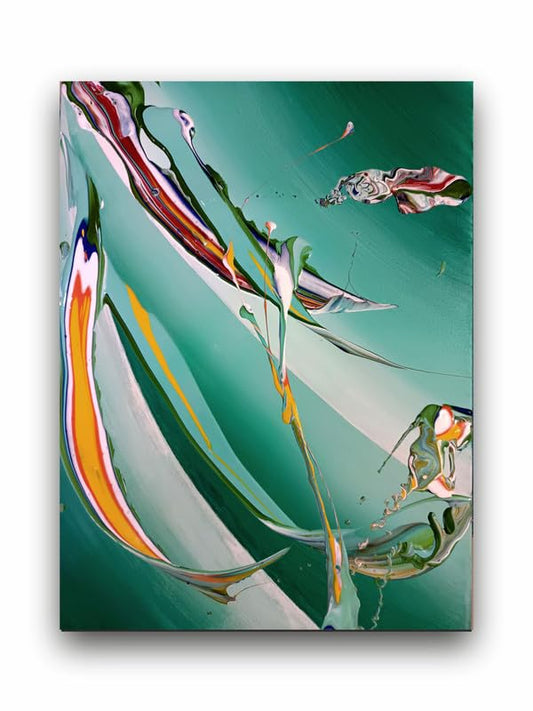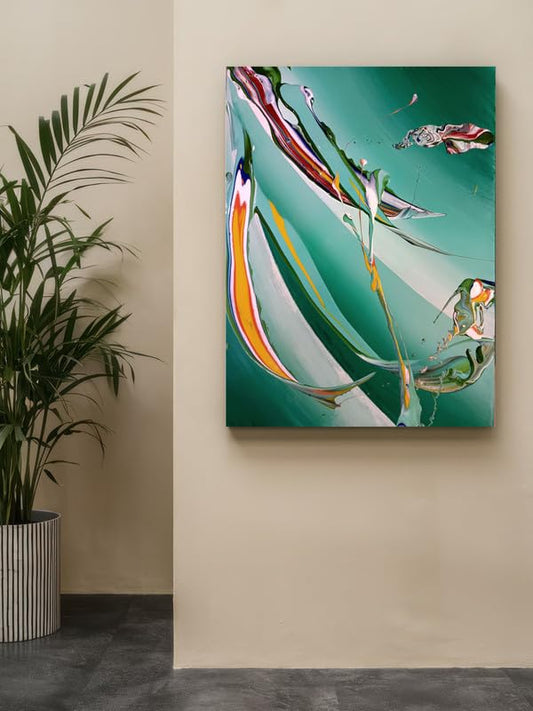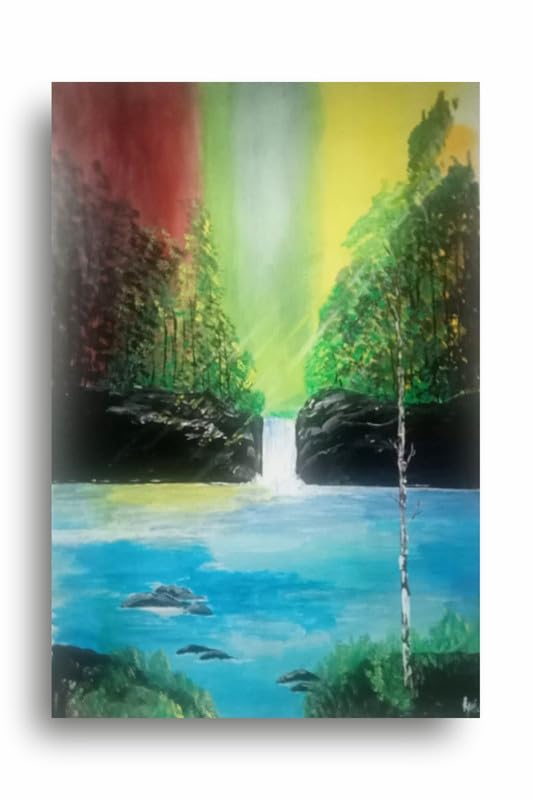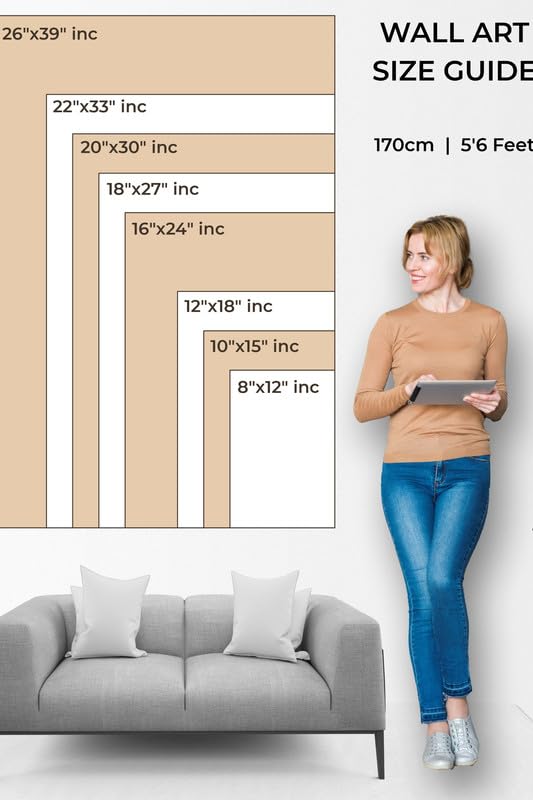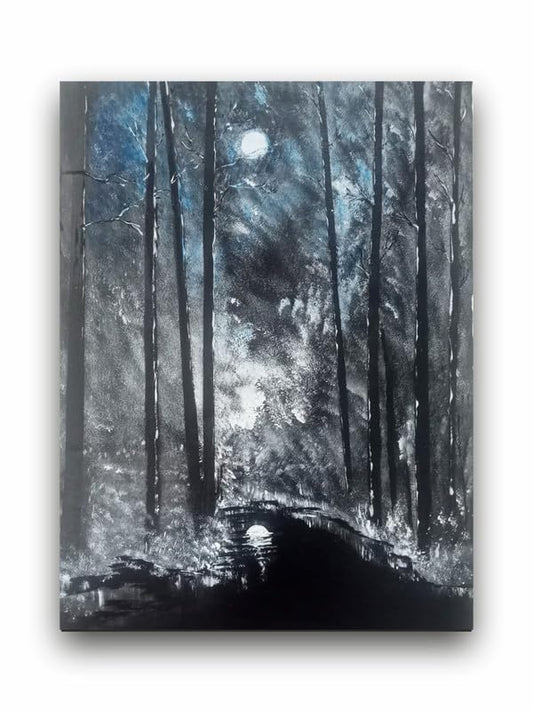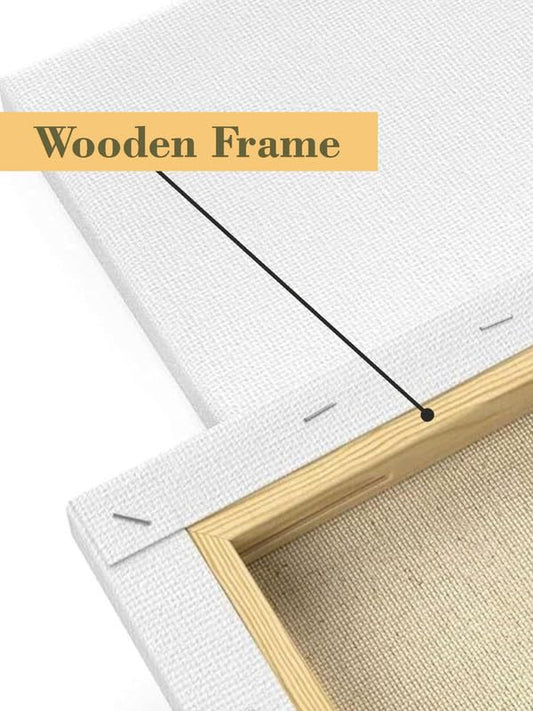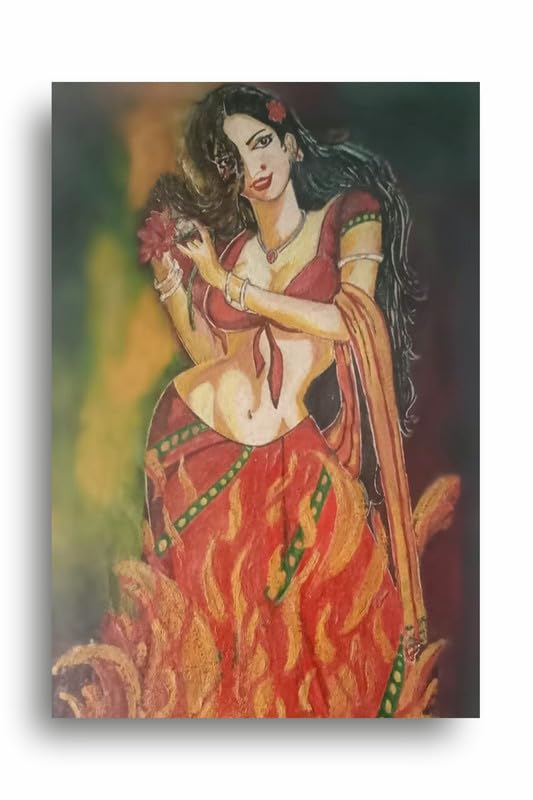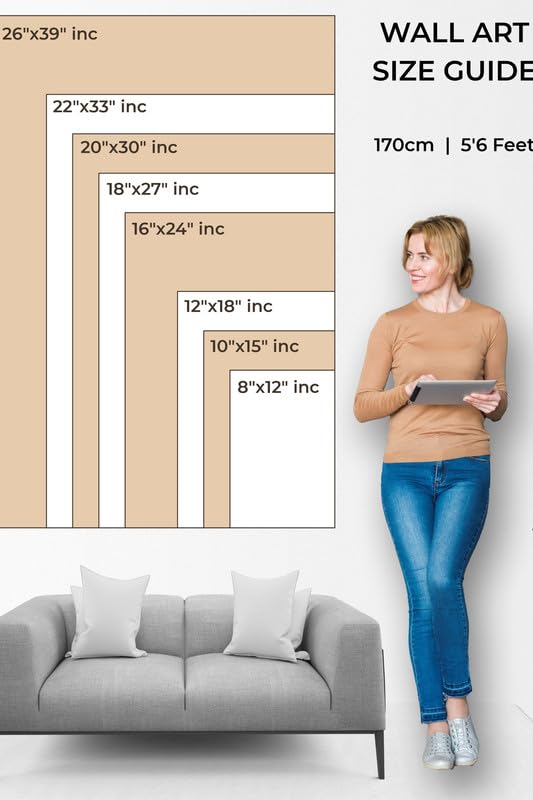
How to Paint Abstract Art on a Limited Color Palette
How to Paint Abstract Art on a Limited Color Palette
Abstract art is that which communicates feelings, thoughts, or ideas, unbound by realistic looks. One of the most effective ways of creating striking abstract art lies in a minimal color palette. A limited palette can really create harmony, focus, and depth within your work, making it both challenging and exciting. Here's how to create powerful abstract art using a restricted range of colors.
1. Choosing Your Colors Carefully
The first step in making abstract painting with a limited palette is in the selecting the right colors. Start by picking only some of them-just three to five-that are going to dominate your piece. More contrasting colors like blue and orange, or analogous, blue and green, will also make more harmony in their arrangement.
You can also choose to work with different shades, tints, or tones of one color to make your piece feel cohesive. Varying shades of blue can give you a feeling of calmness; muted yellows and greens suggest warmth and energy.
2. Work on Composition
When colours are scarce, composition is even more critical. In most abstract paintings, details may come from the shape and lines combination rather than minute detail. Experiment with different compositions. You can maintain a large block of colors by using small spots, or sweeping brushes for dynamic movement. You can put contrasting colours close to each other for tension or similar tones for serenity.
3. Texture and Brushwork
The element of texture is very important in abstract art. Even when you work with a very sparse palette, you can create much variety through texture. You might use pretty heavy, textured strokes or apply paint in thick layers-so nearly sculptural. Or you might use a palette knife to create bold, striking textures. The idea is to play with the way paint moves on the surface-it could be canvas, wood, or paper-but it is also different when applying it on paper.
Add Contrast and Balance
Contrast can arise from either the strength of the color or the visual equilibrium of the composition. If you primarily work in muted tones, go ahead and throw in one flash of bright color for contrast for the eye to view. Then the person's eye will be pulled toward that element of fascination. Balance your composition too: avoid too many heavy light and dark areas in a piece or worse yet, leave it too sparse and blank.
5. Trust Your Instincts
Abstract art is a piece of individual expression so trust your instincts as you work. Don't be afraid to move colors around or make changes to see how it unfolds and remember that sometimes less is much more, and simple choices can lead to surprising beauty.
Conclusion
Creating abstract art in limited color is a fantastic way to come to grips with your creativity. The process makes you think deeper on color, composition, and texture and results in a more considered and effective piece. You can open new possibilities or connect yourself with your work more deeply as an artist or even be just starting out and happy painting!
How to Paint Abstract Art on a Limited Color Palette

